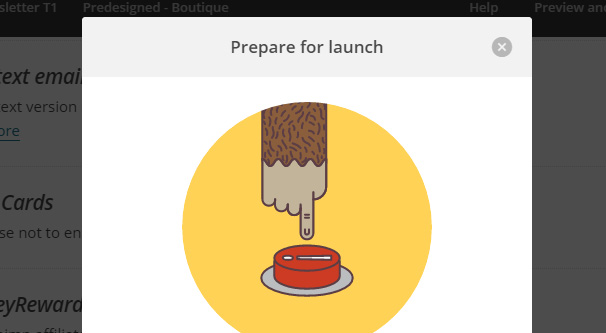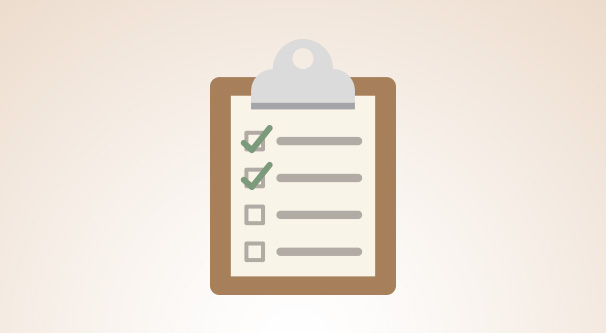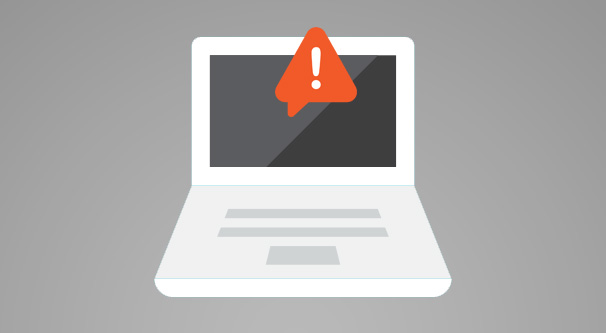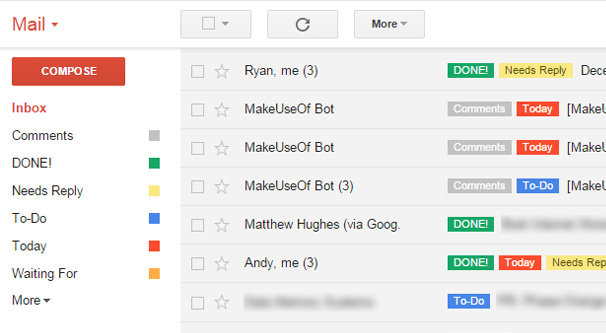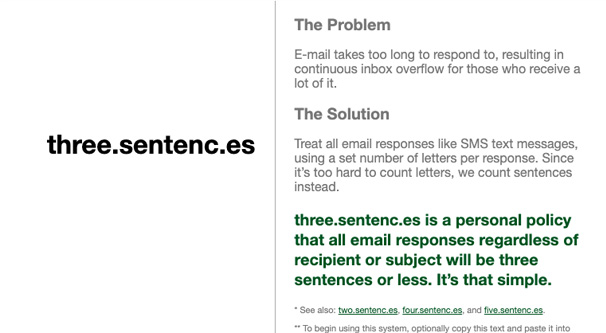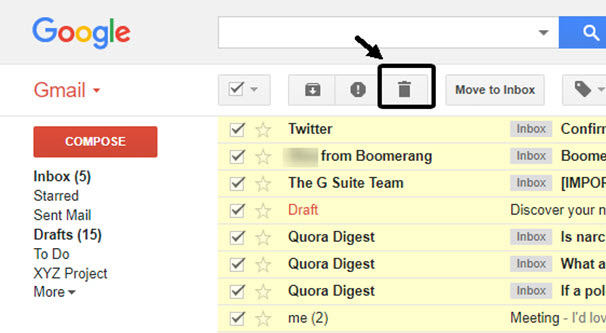10 Ways to Deal with Different Types of Email Anxiety
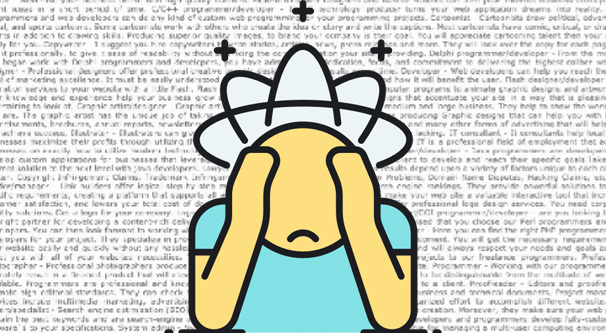
Some people have anxiety when thinking about phone conversations. Others have anxiety when thinking about important meetings in person. Some, though, have anxiety when thinking about or attempting to send emails.
Believe it or not, it’s not just millennials or young people who suffer from this kind of anxiety. Even seasoned marketing professionals can stare anxiety in the face. After all, anxiety isn’t rational, and it’s not something to be ashamed of, it’s just an oversensitivity to potential repercussions, if it’s even that tangible.
Email anxiety usually manifests when you need to compose or send an important email. You write, you revise, you edit, and you delete, over and over. Nothing is ever perfect. How will your recipient receive your message? Will they understand what you mean? Are you explaining too much, or too little? Should you do more to introduce yourself?
This applies to company-level messages just as much. You’re sending out a newsletter to your mailing list, and all the questions hit. Will all the images load properly? Are your line breaks in the right places? Did you leave a typo in that will be embarrassing? Do your links all work properly?
I apologize to anyone who suffers from email anxiety – or didn’t before and does now. It’s an issue, and it’s one we all have to confront. That’s why I’ve compiled these methods for managing and surpassing email anxiety.
1. Identify the Trigger
The first step to solving a problem is admitting you have a problem, and in this case, you’re already here. So now you need to figure out what, specifically, the problem is. Are you anxious when you think about checking an overflowing inbox? Are you anxious when you compose emails to send to important and influential people, like a boss, a potential client, or someone you idolize? Are you anxious when you put together a carefully crafted newsletter and you’re poised to hit the “send” key to a mailing list of 1,000,000 people?
Don’t try to leap into solving your problem all at once. There’s likely no magic bullet that can make anxiety go away. Start by taking your process slowly and thinking about it each step of the way. Some thing makes you anxious to think about: what is it? Once you know that, you can start looking for solutions.
2. Look for Software Solutions
Some of the causes of email anxiety might have solutions in the form of software you can buy and install.
For example:
- If your anxiety is over whether or not your messages will function properly when you send them out, in terms of links and images loading properly, platforms like Campaign Monitor have email testing tools that will show you exactly what the finished product looks like.
- If your anxiety is over typos or spelling mistakes you don’t notice before you send, you can use any of a hundred different spelling and grammar checks. Browsers these days have them built in, or you could use something like Grammarly or Typely.
- If your anxiety is over issues with your emails rendering properly in different devices and software, you can use a service like Litmus to see how it will look in basically any client or platform.
Every problem you might have anxiety over is a problem other people face, even if they aren’t crippled by it, and it’s a problem people have dedicated time and money to solving. Those solutions may not be perfect, but they can help you progress in spite of yourself.
3. Create a Final Checklist
A lot of email send anxiety comes from worrying that the finished product isn’t going to be up to snuff. As such, one of the best tools at your disposal is a simple checklist.
Make a list of everything you worry about, and go through the list to check each item off before you hit send.
- Run everything through a spellcheck and proofread it.
- Click each link to make sure it works.
- Double-check your subject line.
- Test to make sure images and other resources load.
- Check the preview text.
You can customize the checklist to fit your own process and your own sources of anxiety. Eventually, you may internalize the process and no longer need a physical list, but it’s great to have on hand when you’re getting started with the process.
4. Have Someone Proofread
It has been proven that people tend to have issues spotting their own typos. You’re concerned with the greater meaning of your writing, with the presentation and formatting and everything else, so your brain actually ignores the minor typos it doesn’t consider worth the brain power. Of course, if your brain is also screaming about typos while actively ignoring them, it’s a terrible situation.
This is why magazines and book publishers have editors. It’s why even the people who write fanfiction casually have people they trust to give it a read before they publish it. It’s why you, too, should have a proofreader.
All you really need is one trusted employee, coworker, or friend who is willing to spend a few minutes looking over the email you’re about to send. You can even tell them to ignore the substance, ignore the overall message, and just focus on the writing.
5. Test Your Data Sources
One fear I see with marketers sending messages out to mailing lists comes when you’re trying to use personalization. It’s a well-known fact that adding a little personalization to an email can boost open rates dramatically. A personalized subject line can lead to as much as a 25% higher open rate, while a personal message inside can bring much higher revenue from the eventual sales.
Personalization comes at different levels. On the one hand, you might just be including a gendered wildcard or a name in the greeting. It’s simple enough to write “Hey there [name],” as your opening line, trusting your software to fill in the blanks.
What happens if your data isn’t accurate, though? What if Gary gets an email addressed to Susan? Gary certainly isn’t going to feel a personal connection with that email, is he?
On a higher level, you might be segmenting your email lists by various demographics. Perhaps you want to send out a special deal for your photography business aimed at new mothers, with discounts for baby photography. You can do it if you have the relevant data, but if you send that message to your entire list, it can be detrimental. You aren’t just sending the offer to a lot of people who don’t care, you might be sending it to people who recently lost a child.
The solution to this is to verify your data sources. You’re getting your information from somewhere, so go to that landing page, app call to action, or social media ad and fill it out. Find your own submitted data and make sure it’s all accurate.
From there, well, you still might send a letter meant for Susan to Gary, but only because Gary filled out his name as Susan when he filled out your landing page. You can rest assured that he really doesn’t care regardless.
6. Label Lists Appropriately
Another fear, one I touched on above, is sending your newsletter or message to the wrong email list or wrong contact. Obviously, you don’t want to send a special limited offer to every single customer. You don’t want to send gossip to the wrong coworker.
What it comes down to is verifying that you have the appropriate names and labels for all of your contacts. Don’t refer to people by nicknames; use their full names and information in your contacts list. Don’t label your mailing lists “list A” or “business list” or “social media opt-ins”, segment it and label it appropriately. You want to make sure you’re sending your highly engaged reward offers to the “High Engagement VIPs” list, and you want your retargeting list to be clearly labeled as such.
The exact process to do this depends entirely on the email platform you’re using. Different platforms have different tools for managing your mailing lists. The trick is to, well, put them to use.
Now, to round things out, I’d like to address another type of email anxiety; the anxiety about checking your email. Most of this post has been focused on people sending emails on either a business or personal level, but sometimes you may have anxiety just thinking about checking your email. Whether you’re waiting for a crucial message or you just feel overwhelmed every time you open that inbox, here are a couple more methods you can try.
7. Implement the Three Sentence Rule
I’ve seen this one referred to in a bunch of different ways and at different levels. Some use a three sentence rule. Some use a five sentence rule. Some use a seven sentence rule. The point is the rule, not the specific number.
The rule is simple. Just limit each email you send to three sentences. You can, in general, reply to pretty much anything outside of explicit requests for more information in a simple three sentences. Plus, the rule isn’t meant to be entirely hard and fast, it’s meant to be a baseline. You establish the habit of writing short emails, and you save time worrying over what they say.
When the time comes to break the rule, you’ve established good enough habits to avoid going on and on.
- Your first sentence should be an introduction to the topic at hand. What are you writing, who are you writing to, and why are you writing it?
- Your second sentence should be a theme or primary point you’re trying to convey. This is the meat of the email.
- The third sentence should be a reason why your reader should care and what they should do upon reading your message.
There are, of course, plenty of different ways to handle the three sentence rule. Enough, in fact, that I wrote an entire post about it over here.
8. Limit Checking Messages
Many people with inbox anxiety have gradually developed that anxiety after dealing with email for years, and spending so much time in it that it becomes a source of stress. Ironically, the anxiety that makes you want to avoid checking your email in the first place often comes from checking your email too often and spending too much time with it.
The solution here is to just… not worry about it. If you’re waiting for a specific important email, don’t refresh your inbox every five minutes, set up an alert on your phone or desktop and walk away. Don’t check your email more than once or twice a day, and limit the amount of time you spend checking. If you find email is backing up, figure out more productive ways to handle it.
9. Minimize Excess Correspondence
One key to remember with email is that just about everyone else out there hates it just as much as you do. No one wants to be tethered to their inbox all day long, and they hate reading long emails just as much as you hate writing them.
Introspection here can help minimize what you’re sending. I don’t just mean cut down on the content of emails, like with the three sentence rule above; I mean cut down on emails in general. If you want to pitch a guest post to a blog, don’t send a message asking if you can pitch something or if they accept pitches; simply send the pitch. Cut out the middleman and the tentative probes; be up-front with what you want and what you need.
10. Do an Inbox Reset
If your anxiety is caused by a built-up of old emails in your inbox that you have to sift through, with an “unread” number creeping higher and higher every time you look, it quickly becomes a stifling and oppressive feeling. Instead of trying to dig and dig until you’ve come out the other side, just nix it all and start over.
Yes, you’ll miss some important messages. Yes, you’ll leave behind some newsletters you might have wanted to read. No, none of that actually matters. Anyone important enough to be reaching out to you and expecting a response, you can send a message stating your inbox reset and asking them to reach out again. Anyone who didn’t get a response can always just follow up. People are generally a lot more forgiving than you might think.


